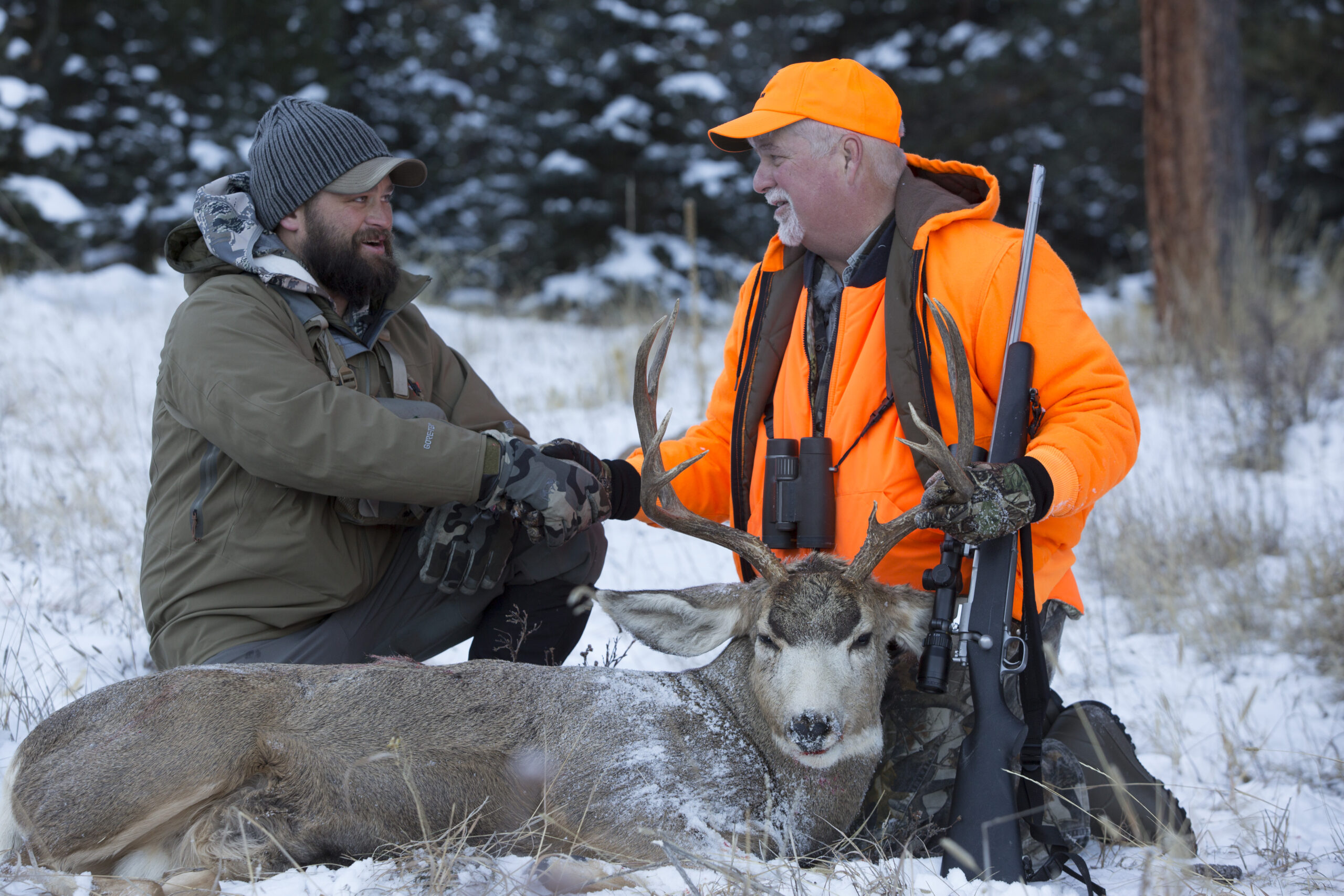Fifty years ago this December, the U.S. Congress passed, and President Nixon signed, the Endangered Species Act (ESA). The Supreme Court has called the ESA “the most comprehensive legislation for the preservation of endangered species enacted by any nation.” But sprawling, comprehensive legislation can become less effective over time when administrative agencies take liberties to implement the statute differently than intended. SCI’s occasional series of articles focuses on what the ESA says, what Congress intended, how the law is implemented, and how to fix situations in which implementation conflicts with Congress’ original intent. A few small changes can make a big impact.
Perhaps the best example of a small change with big impact is amending Section 9(c)(2) of the ESA. This section was intended to facilitate the import of certain foreign species. The ESA’s predecessor, the Endangered Species Preservation Act of 1966, only applied to domestic species. In 1969, that law was amended to allow the listing of foreign species as threatened or endangered, but only for purposes of regulating international commercial trade. The 1977 ESA for the first time allowed foreign species to be listed the same as domestic species.
In so doing, Congress required the U.S. Fish and Wildlife Service (FWS) to “encourage foreign conservation programs,” ESA Section 8, and to “take these [programs] into account” when making a listing determination, ESA Section 4(b). The 1977 Congress undoubtedly realized that the FWS has no power to regulate foreign species on foreign soil. Thus, the ESA’s signature protections (like recovery planning and critical habitat designations) cannot apply to foreign species. The FWS only has the authority to regulate the import of these species.
Congress expected the FWS to use this authority as a carrot—and Section 9(c)(2) and its legislative history reflects this point. Section 9(c)(2) provides that the import of a threatened species, which is already protected by listing on Appendix II of the Convention on International Trade in Endangered Species (CITES) and which is not being imported for commercial purposes, is presumed to be legal.
The “architect” of the ESA, Michigan Rep. John Dingell, explained that this section was included primarily so that the import of hunting trophies from healthy wildlife populations could continue without obstruction. Rep. Dingell acknowledged that the bill which became the ESA “ha[d] been attacked by some as a[n] anti-hunter bill; it has been attacked by others as a prohunter bill. In reality, it is neither.” He explained that the ESA was “carefully drafted to encourage … foreign governments to develop healthy stocks of animals occurring naturally within their borders. If these animals are considered valuable as trophy animals, and are not endangered, they should be regarded as a potential source of revenue to the managing agency and they should be encouraged to develop to the maximum extent compatible with the ecosystem upon which they depend.”
Rep. Dingell further confirmed that the Department of the Interior would place “no barriers” on the import of “nonendangered trophy animals” from countries where they “are being managed in such a way as to assure their continued and healthy existence.” He concluded: “This is as it should be, because it is only in the understanding that these animals have a real and measurable value that many of the less developed countries will agree to take steps to assure their continued existence.” According to Rep. Dingell, Section 9(c)(2) was intended to provide security for those who lawfully hunted animals in these countries, so they could import the animals without fear the FWS would block their imports. Yet that is exactly what the FWS has done.
In the last few years, the FWS has developed a huge backlog for the import of hunting trophies, for personal (non-commercial) purposes, from countries with impressive conservation records. The FWS has hundreds of permit applications pending for the import of elephant trophies from Botswana, Zimbabwe, Namibia, and South Africa. These four countries conserve over half the world’s elephants; they also account for almost 90% of imports of elephant hunting trophies. Elephants are listed as threatened, not endangered, and elephants from these populations are listed on Appendix II of CITES. But for FWS regulations and red tape, these imports would fall under Section 9(c)(2). The same is true for lions from southern Africa, argali from central Asia, and a number of other species worldwide.
These countries depend on the revenues and other benefits from hunting to justify and fund the protection of habitat, and to incentivize conservation of these species by private and community stakeholders. Botswana, Zimbabwe, and Namibia, countries with large elephant populations and increasing lion populations, have well-developed community conservation programs that ensure the people who live side-by-side with elephants and lions can benefit from regulated hunting. Yet these well-developed programs are negatively impacted by import restrictions. These countries, and their community and private stakeholders and ecologists, have spoken out against such restrictions. But their comments have fallen on deaf ears. Despite the opposition from range countries, the FWS continues to put up barriers to the import of hunting trophies.
Congress could fix this problem with a one-sentence amendment to the ESA. Congress could make the language in Section 9(c)(2) mandatory. In other words, instead of “presuming” the legality of imports, Congress could simply declare that the non-commercial import of non-endangered species already protected on Appendix II of CITES is legal and does not require import permits. This change would effectuate the intent of Congress in passing the ESA and including Section 9(c)(2) in the first place. As Rep. Dingell declared, allowing the import of trophies from healthy wildlife populations “is as it should be.” But it is not how it is.
SCI is focused on this amendment, and others, to make the ESA better. If the ESA is really going to protect and recover species, then the FWS should be working with range countries, not against them.




